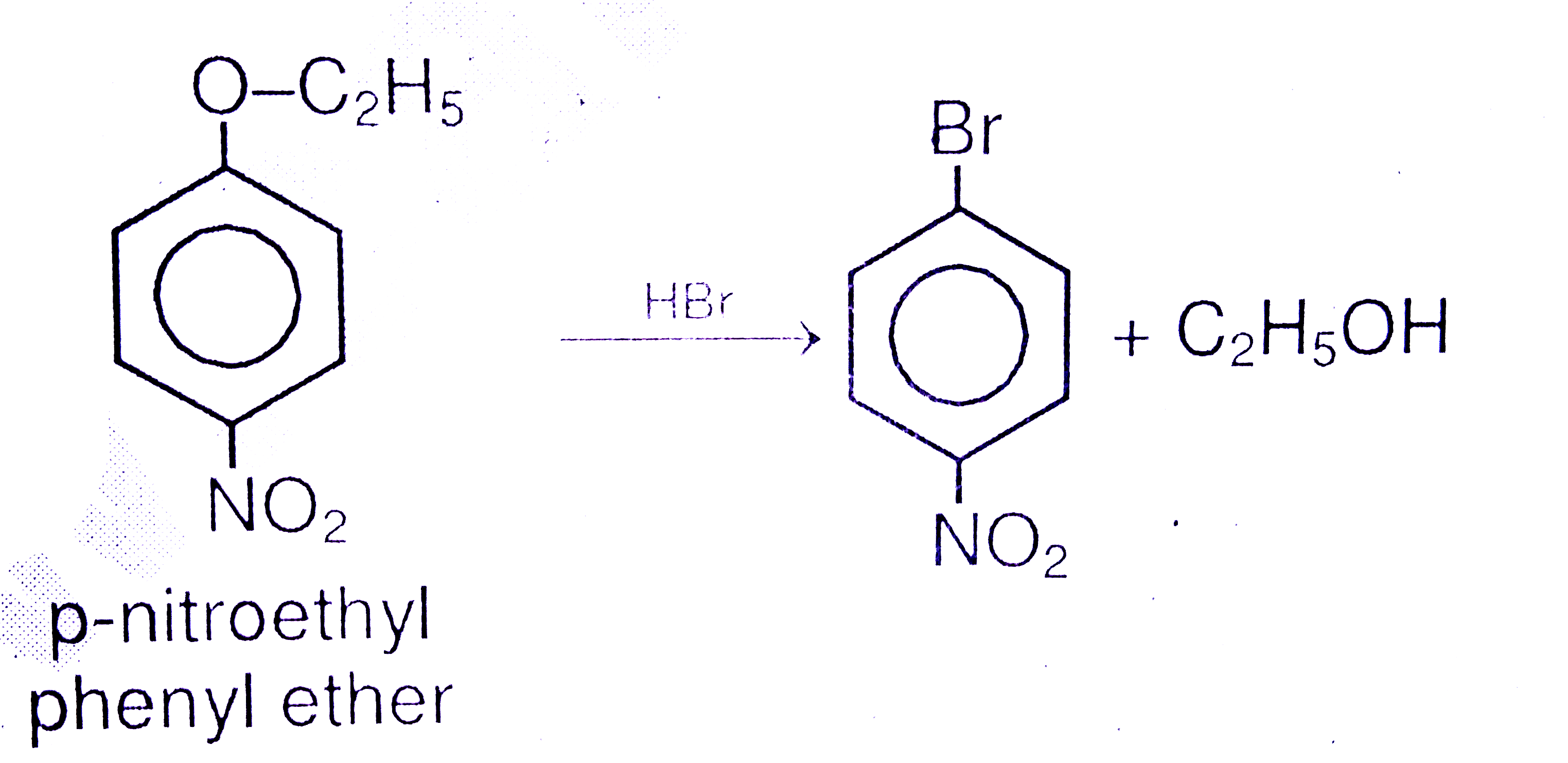Assertion (A) : Aluminum is passive towares conc HNO3
Reason (R) : Due to formation of layer of nitrate on aluminium
If both (A) and (R) are correct and (R) is correct explanation of (A)
If both (A) and (R) are correct and (R) is not correct explanation of (A)
If (A) is correct , but (R) is incorrect
If (A) is incorrect but (R) is correct .
The correct Answer is:C
To solve the question regarding the assertion and reason about aluminum's behavior towards concentrated nitric acid (HNO3), we can break it down step by step:
Step 1: Understand the Assertion
The assertion states that "Aluminum is passive towards concentrated HNO3." This means that aluminum does not react with concentrated nitric acid under normal conditions.
Hint: Consider what "passive" means in a chemical context.
Step 2: Analyze the Reason
The reason provided is "Due to the formation of a layer of nitrate on aluminum." We need to evaluate whether this reason accurately explains the assertion.
Hint: Think about what actually happens when aluminum comes into contact with concentrated nitric acid.
Step 3: Identify the Actual Reaction
When aluminum is exposed to concentrated nitric acid, it forms a protective layer of aluminum oxide (Al2O3) on its surface. This oxide layer prevents further reaction between aluminum and the acid, making aluminum passive.
Hint: Recall the properties of aluminum and its oxides.
Step 4: Compare the Reason with the Assertion
The assertion is true because aluminum does become passive due to the formation of a protective layer. However, the reason is incorrect because it states that the layer formed is a "layer of nitrate," which is not accurate. The correct layer is aluminum oxide (Al2O3), not a nitrate.
Hint: Focus on the specific compounds involved in the reaction.
Step 5: Conclusion
Based on the analysis:
- The assertion is true: Aluminum is indeed passive towards concentrated HNO3.
- The reason is false: The layer formed is aluminum oxide, not a layer of nitrate.
Thus, the correct conclusion is that the assertion is true, but the reason is false.
Final Answer
The correct option is that the assertion is true, but the reason is false.
---
The assertion states that "Aluminum is passive towards concentrated HNO3." This means that aluminum does not react with concentrated nitric acid under normal conditions.
The reason provided is "Due to the formation of a layer of nitrate on aluminum." We need to evaluate whether this reason accurately explains the assertion.
When aluminum is exposed to concentrated nitric acid, it forms a protective layer of aluminum oxide (Al2O3) on its surface. This oxide layer prevents further reaction between aluminum and the acid, making aluminum passive.
The assertion is true because aluminum does become passive due to the formation of a protective layer. However, the reason is incorrect because it states that the layer formed is a "layer of nitrate," which is not accurate. The correct layer is aluminum oxide (Al2O3), not a nitrate.
Based on the analysis:
- The assertion is true: Aluminum is indeed passive towards concentrated HNO3.
- The reason is false: The layer formed is aluminum oxide, not a layer of nitrate.
The correct option is that the assertion is true, but the reason is false.
Topper's Solved these Questions
- P-BLOCK GROUP 14 - CARBON FAMILYBOOK - CENGAGE CHEMISTRY ENGLISHCHAPTER - P-BLOCK GROUP 14 - CARBON FAMILYEXERCISE - Exercises (Integer)
7 Videos
- P-BLOCK GROUP 14 - CARBON FAMILYBOOK - CENGAGE CHEMISTRY ENGLISHCHAPTER - P-BLOCK GROUP 14 - CARBON FAMILYEXERCISE - Exercises (Fill In The Blanks)
16 Videos
- P-BLOCK GROUP 14 - CARBON FAMILYBOOK - CENGAGE CHEMISTRY ENGLISHCHAPTER - P-BLOCK GROUP 14 - CARBON FAMILYEXERCISE - Exercises (Single Correct)
83 Videos
- P-BLOCK GROUP 13 - BORON FAMILYBOOK - CENGAGE CHEMISTRY ENGLISHCHAPTER - P-BLOCK GROUP 13 - BORON FAMILYEXERCISE - Exercise Archives (Subjecive)
9 Videos
- PERIODIC CLASSIFICATION OF ELEMENTS AND GENERAL INORGANIC CHEMISTRYBOOK - CENGAGE CHEMISTRY ENGLISHCHAPTER - PERIODIC CLASSIFICATION OF ELEMENTS AND GENERAL INORGANIC CHEMISTRYEXERCISE - Exercises (Archives )Subjective
4 Videos
Similar Questions
Which of the following is passive towards the conc. HNO3 ?
View SolutionAssertion:

Reason: due to formation of highly stable carbocation.
View SolutionAssertion (A) HNO3 makes iron passive.
Reason (R ) HNO3 forms a protective layer of ferric nitrate on the surface of iron.
View SolutionAssertion (A) : SnI4 is an orange solid .
Reason (R) : The colur arses due to cahrge transfer .
View SolutionAssertion (A) : Haemophilia is a recessive sex linked disease.
Reason (R ) : Haemophilia occurs due to mutation of a structural gene on chromosome 15.
View SolutionAssertion (A): During reverse, biasing a diode doesn't conduct current.
Reason (R) : It narrows the depletion layer.
View SolutionAssertion(A) Electrolysis of NaCl solution gives chlorine at anode instead of O2.
Reason(R) Formation of oxygen at anode requires over voltage.
View SolutionMetal which become passive with conc. HNO3
View SolutionWhat happens when aluminium is treated with conc. HNO3?
View SolutionWhat happens when aluminium is treated with conc. HNO3?
View Solution
